In 3D motion design, beauty is built up in layers: diffuse, reflection, refraction and more, each refined in compositing to enhance the final image. At Found, we apply this same layered thinking at the start of our process, drawing on diverse perspectives to inform our creative decisions early on. For our recent project with lighting manufacturer Orluna, this meant collaborating with experts across architecture, photography, lighting and set design to craft a richer, more authentic visual story.
Our technical approach provides a high level of control and flexibility, enabling us to isolate specific areas and finesse the finer details, thereby amplifying the finish beyond what the render engine produces. This approach, of course, is not new, but incorporating that thinking into our earlier conceptual and research phases is different. It means we can ask ourselves what layers or perspectives we can incorporate to inform our design decision-making. As creative lead, Ryan Locke adds;
“Our goal is to engage and amplify the beauty for a more authentic and rewarding experience.”
In our recent project for Orluna, we were tasked with creating brand films for their latest product innovation, the Midi. This is a premium light fitting designed and engineered for luxury applications in commercial, retail and residential spaces.
Designing and rendering for light as a product in its own right posed a unique set of challenges, especially for one with an innovative cross-over beam and an exacting colour temperature. With a target audience of knowledgeable architects, interior designers and lighting technicians, we needed to be tuned in to their natural instincts.
We spoke with lighting designer Aimee Penny to gain a deeper understanding of how to present the Midi in an interior setting. Our conversation got us thinking about light hierarchy and layering, including an accompaniment of lights from the wider Orluna range. In key areas, we introduced hidden accent lights, which brought a sense of rhythm, depth and definition to the space. The exact placement of lights and the subsequent distance to walls were vital in creating the correct shape of light.
We caught up with photographer Elliott Lacey on the challenges of lighting interiors for a naturally lit feel. With his knowledge, we discussed approaches to lighting a real-world version of our CG concept, from flags and gobos to sunlight diffusers, and considered ways to use light to tell the story of a space beyond the frame.
Another layer of authenticity was added through carefully curated furniture and objects within the space. Where are we in the world, and what is unspoken about the people who live there? We worked with set designer Leila Latchin to explore space and scene dressing in the context of our Provence-inspired Orluna world. From a historically Provençal setting to a more contemporary vision, our discussions also prompted us to consider how we could blur the boundaries between the interior and exterior worlds.
We also spoke with one of our designers, and former architect, Jakub Dygdon, about the real-world viability of the space we had conceptualised. His instincts on scale and proportion, construction methods and material details helped us to dial in a heightened sense of realism.
Positioned at the intersection of products, services and creative disciplines, our work is grounded in a research-led approach that values meaningful conversations beyond the world of motion design. Each voice brings a new layer that sharpens our thinking and enriches our visual storytelling. Like light itself, it’s the interplay of these layers that brings depth, resonance and longevity to what we create, building an evolving index of insight we draw upon, project by project.
Want to keep reading?
Read more about our research-led approach here:
Research, it’s what’s inside that counts
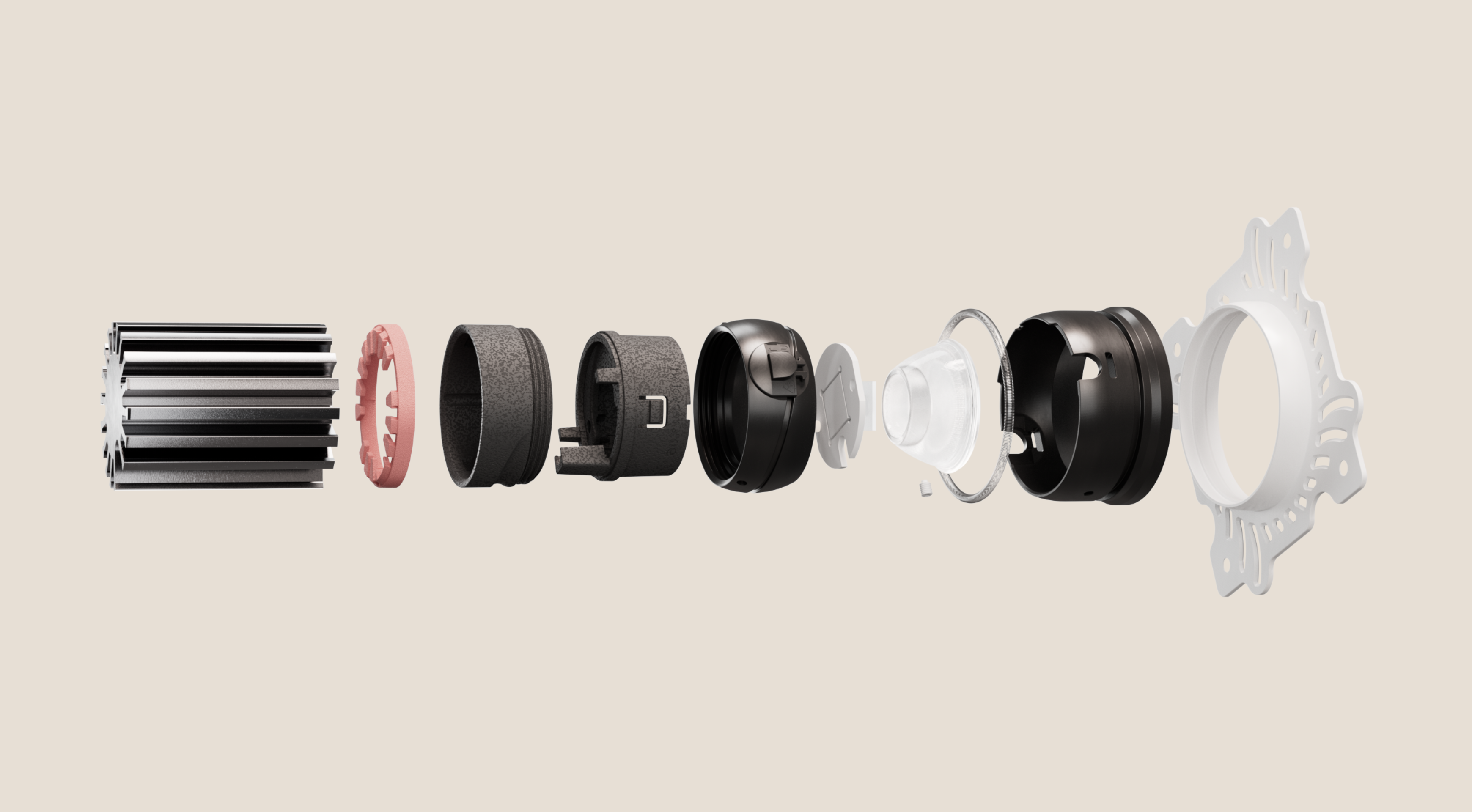 Exploded view showing individual materials and components
Exploded view showing individual materials and components
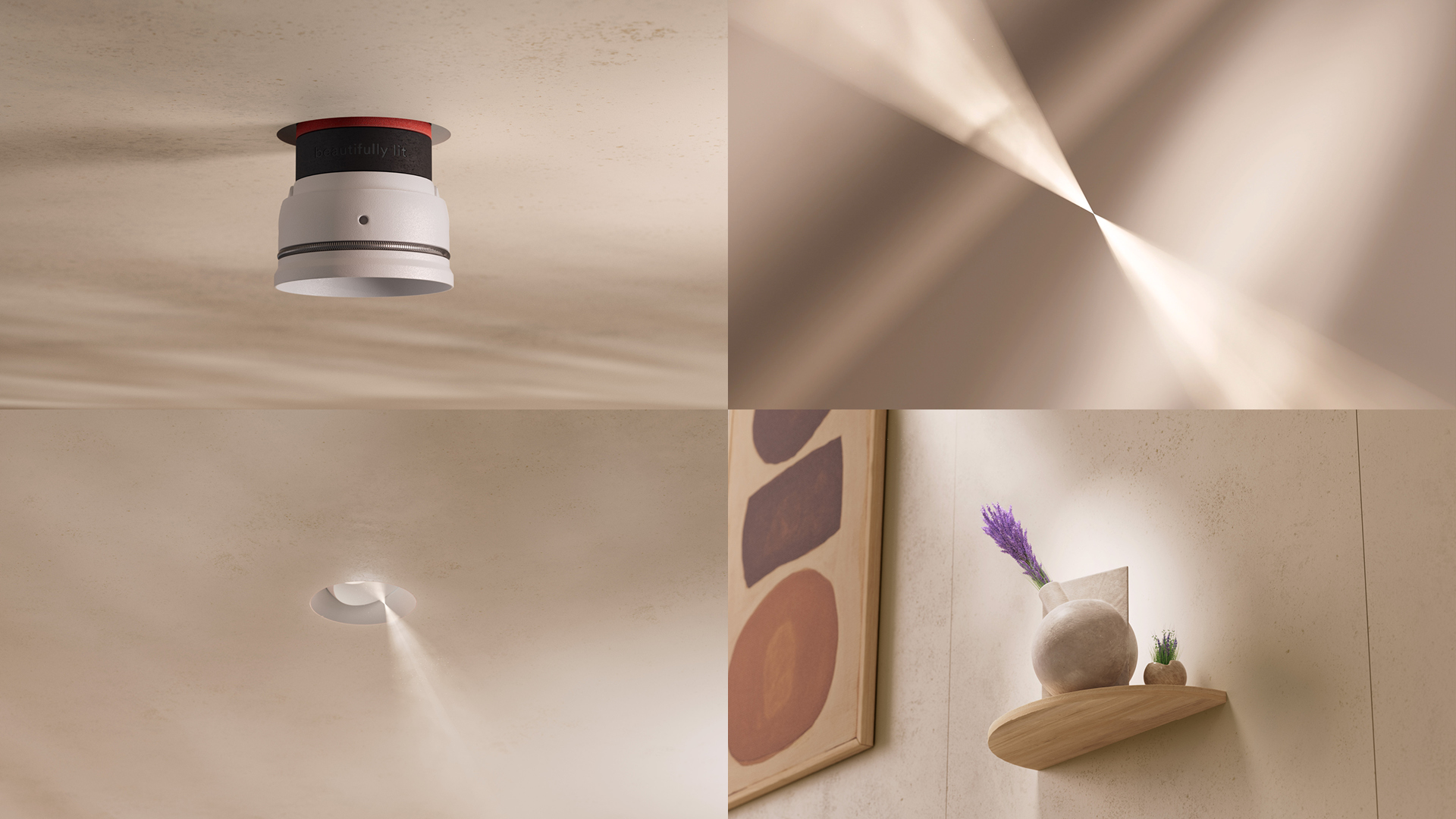 Architectural details used to enhance the impact of the unique cross-beam optic
Architectural details used to enhance the impact of the unique cross-beam optic
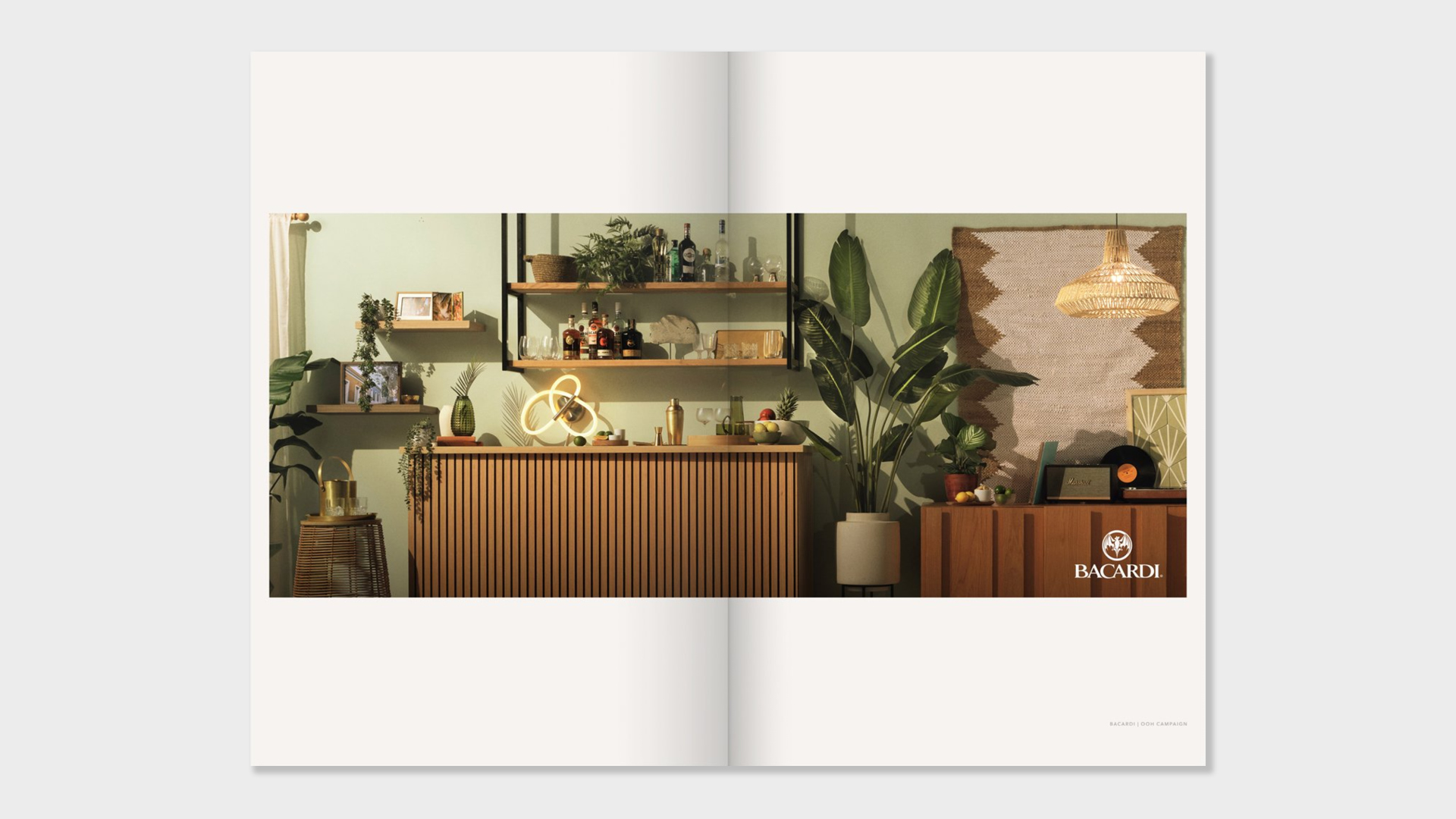 Photography by Elliott Lacey
Photography by Elliott Lacey
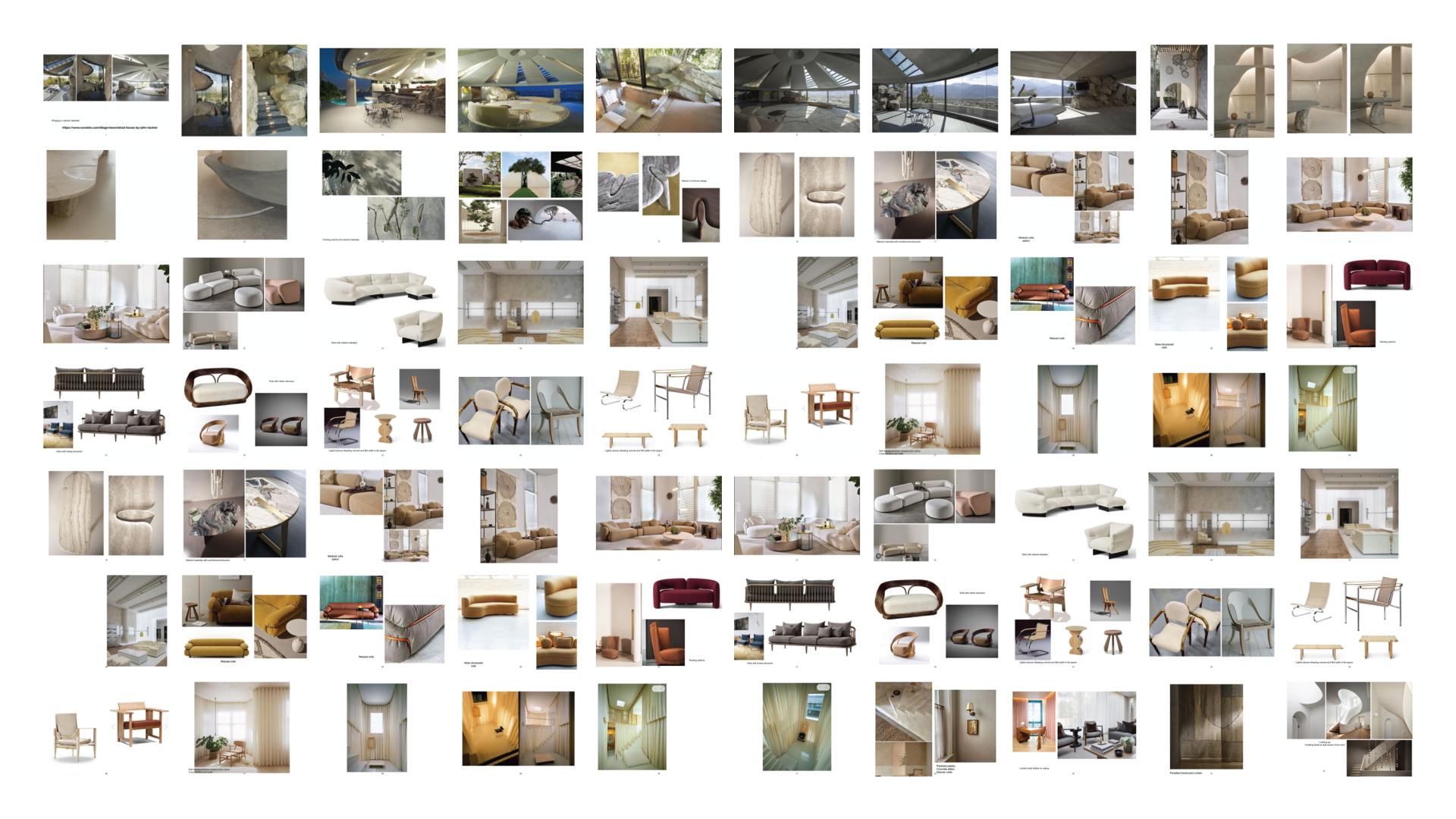 Research, combination of furniture and objects
Research, combination of furniture and objects
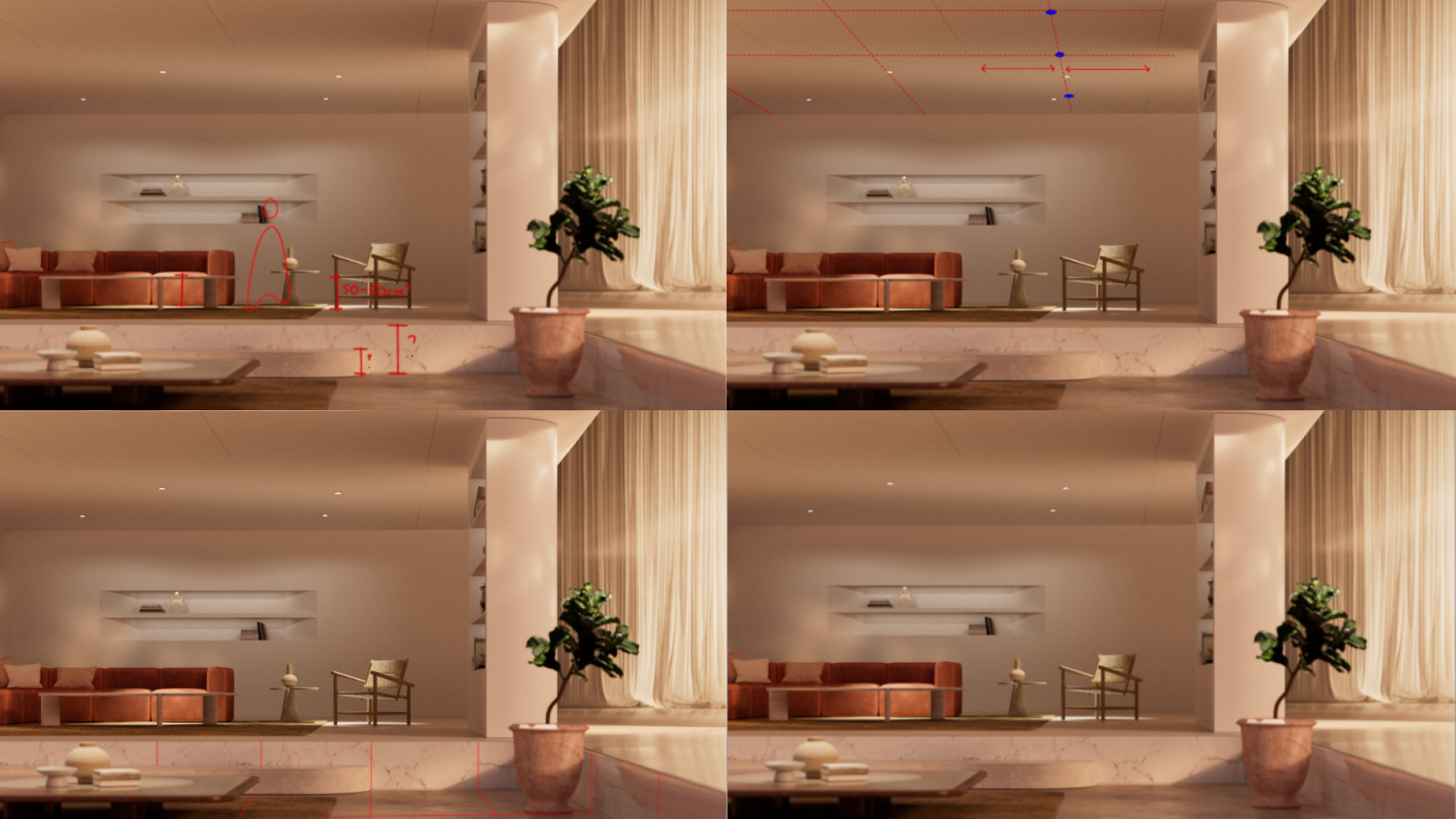 3D renders, testing real-world viability
3D renders, testing real-world viability
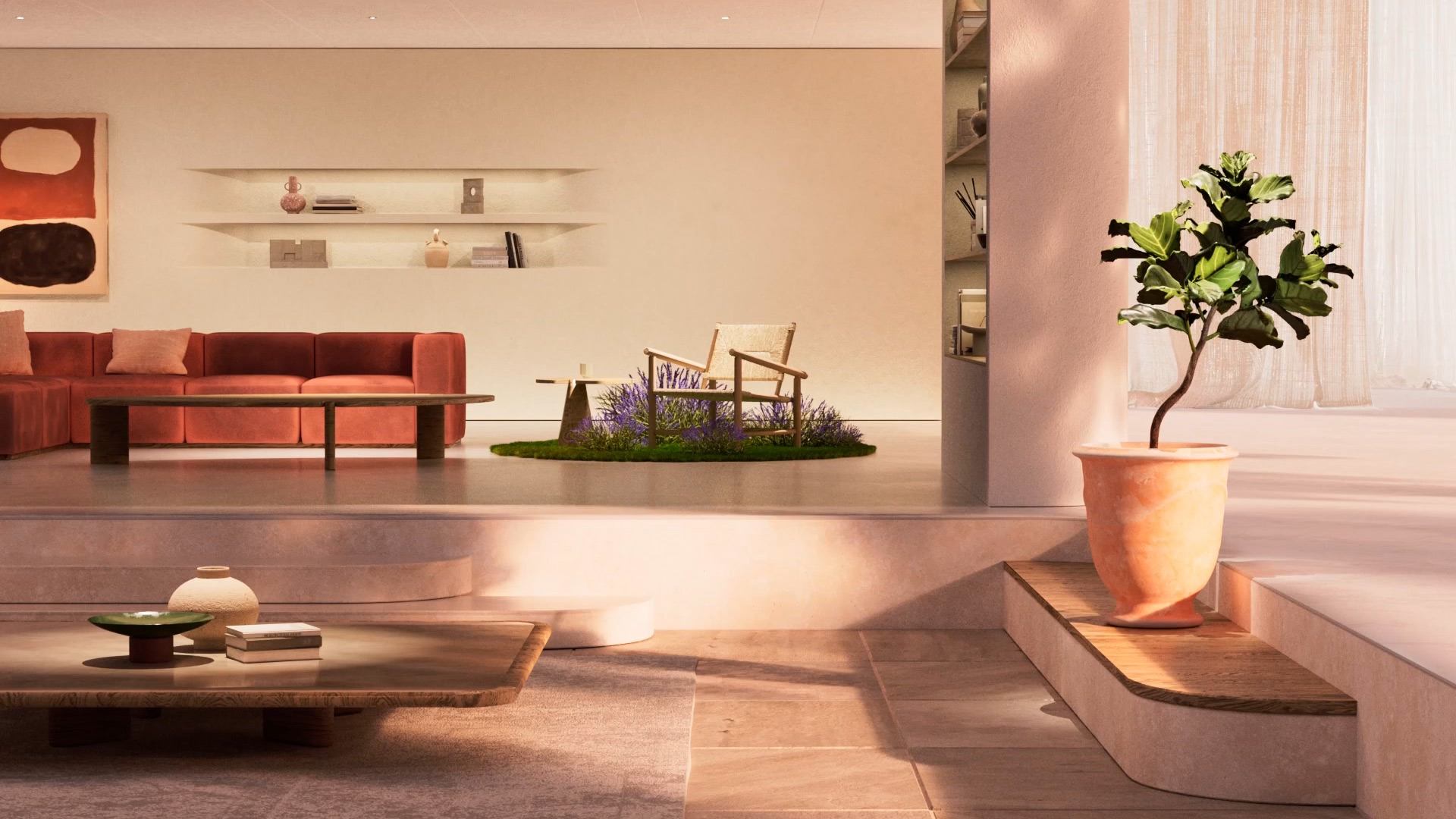 Orluna, final 3D render
Orluna, final 3D render